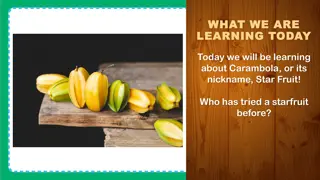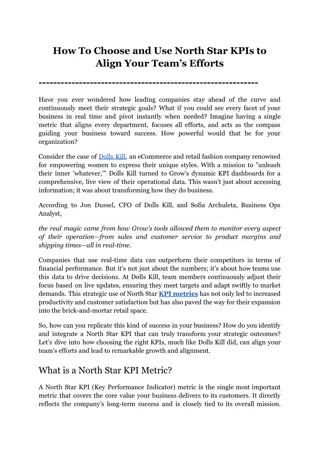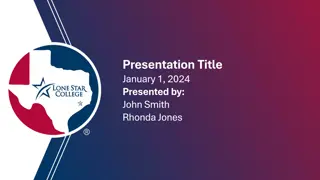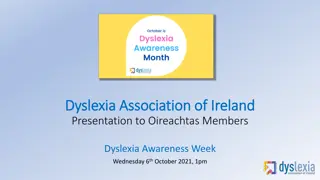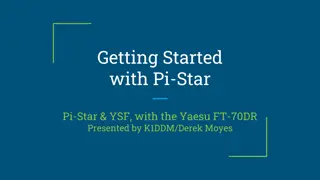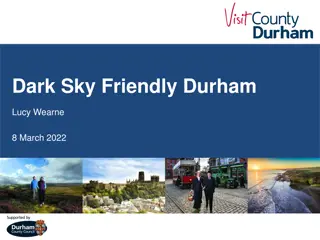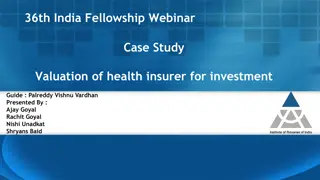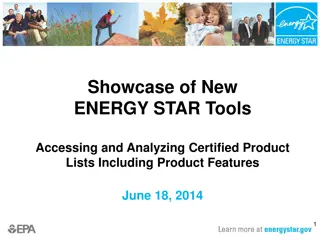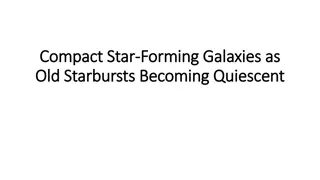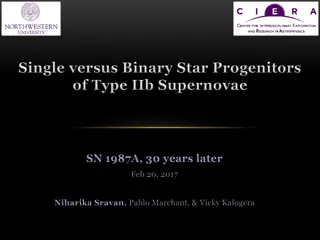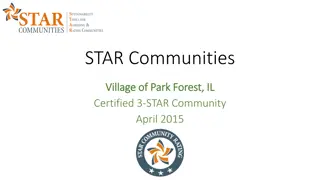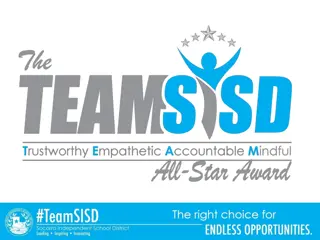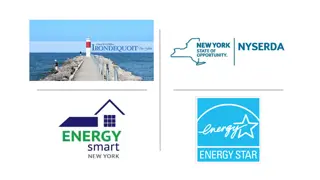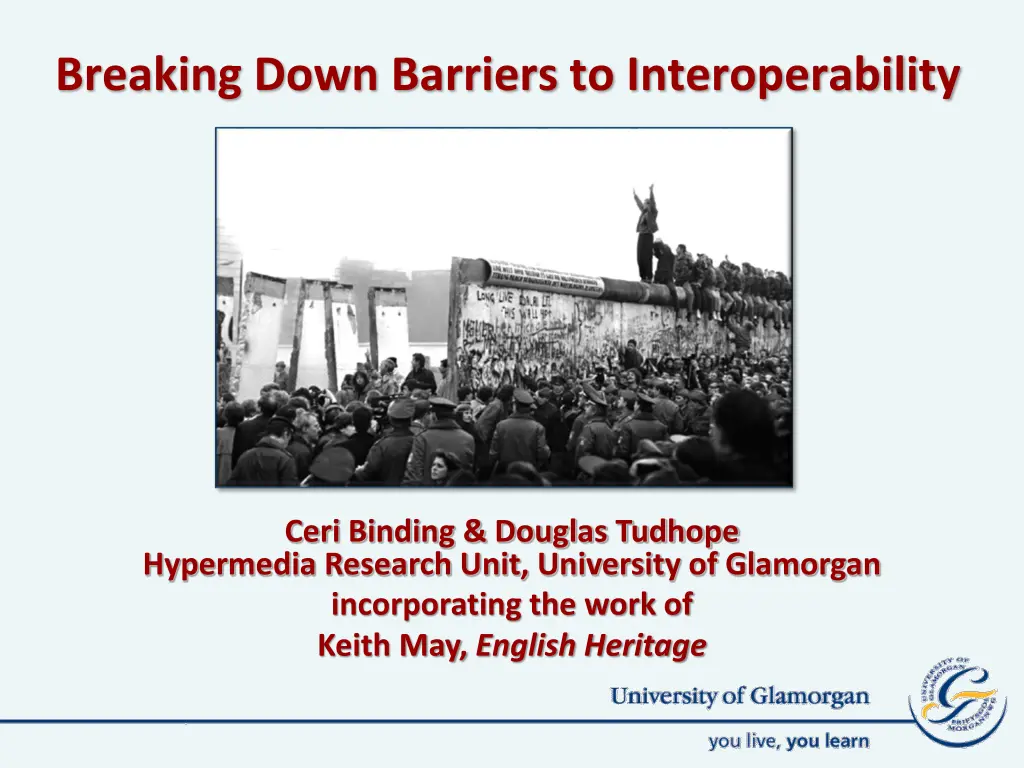
Semantic Technologies for Archaeological Resources and Interoperability
Investigate how semantic terminology tools can widen access to digital archaeology resources, with a focus on cross-searching and detailed browsing of excavation data. Explore implementation issues and the use of the CIDOC-CRM conceptual model for cultural documentation.
Download Presentation

Please find below an Image/Link to download the presentation.
The content on the website is provided AS IS for your information and personal use only. It may not be sold, licensed, or shared on other websites without obtaining consent from the author. If you encounter any issues during the download, it is possible that the publisher has removed the file from their server.
You are allowed to download the files provided on this website for personal or commercial use, subject to the condition that they are used lawfully. All files are the property of their respective owners.
The content on the website is provided AS IS for your information and personal use only. It may not be sold, licensed, or shared on other websites without obtaining consent from the author.
E N D
Presentation Transcript
Breaking Down Barriers to Interoperability Ceri Binding & Douglas Tudhope Hypermedia Research Unit, University of Glamorgan incorporating the work of Keith May, English Heritage
STAR Project Semantic Technologies for Archaeological Resources 3 year AHRC funded project In collaboration with English Heritage Aim: To investigate the potential of semantic terminology tools for widening access to digital archaeology resources, including disparate data sets and associated grey literature Interconnected Data Worlds, DAI Berlin 2009
STAR Project Focus on specific research questions to excavation data - demonstrate cross search and browsing at detailed, meaningful level Eg Roman corn drying ovens where archaeobotanical analysis has taken place Eg Charred plant remains and charcoal from four-post structures Eg Post-holes which contain burnt grain Interconnected Data Worlds, DAI Berlin 2009
Prototype Information Extraction (Andreas Vlachidis) Looking to extract CRMEH period, context, find, sample entities Aim to cross search with data Interconnected Data Worlds, DAI Berlin 2009
Workshop on the implementation of CIDOC-CRM CRM is a high level conceptual model of the intellectual structure of cultural documentation ... Users of the CRM should be aware that the definition of data entry systems requires support of community specific terminology, guidance to what should be documented and in which sequence, and application-specific consistency controls. The CRM does not provide such notions. By its very structure and formalism, the CRM is extensible and users are encouraged to create extensions for the needs of more specialized communities and applications. Definition of the CIDOC Conceptual Reference Model v4.2 Interconnected Data Worlds, DAI Berlin 2009
Implementation issues from experience in STAR Need specification of implementation representations of various primitives For application interoperability may need agreement on various implementation representations Need provision of vocabulary (terminology) Our approach to employ SKOS to model vocabulary elements and link to CRM CRM can be extended for domain specificity in search/discovery of information CRMEH allows access at a more specific level of generality for our goals Still permits semantic interoperability at the original higher level CRM is event-based and therefore Mapping a data element to CRM typically results in a chain of CRM relationships Directly representing the model results in complex views for user interfaces Need for short cuts and simplified views for particular purposes Data can be mapped to multiple CRM elements depending on what is considered relevant and important Need for guidelines as to focus/purpose of a mapping exercise Interconnected Data Worlds, DAI Berlin 2009
CRM is event-based and chains of relationships connect major entities Interconnected Data Worlds, DAI Berlin 2009
Interoperability Practical Issues for Consideration Semantic / Conceptual compatibility Establishing global identifiers Use of controlled vocabularies (SKOS) Conceptual data models and extensions (CRM/EH) Syntactic / Data compatibility Character encodings Date/time formats (modelling of periods) Coordinate formats Measurement units Languages Dissemination strategy - making the data available for (re)use Permissions Dataset serialization formats (XML, RDF, JSON) Web service access Linked data access Interconnected Data Worlds, DAI Berlin 2009
What Barriers?... Conceptual models Dissemination Data formats Vocabularies Dataset B Dataset A Interconnected Data Worlds, DAI Berlin 2009
Semantic Compatibility Conforming to a common conceptual data model (CRM/EH) Establishing unique global identifiers for known entities and concepts (URIs) Use of controlled vocabularies with a common data model (SKOS) Interconnected Data Worlds, DAI Berlin 2009
Syntactic Compatibility The CRM relies on existing syntactic interoperability and is concerned only with adding semantic interoperability Character encodings EBCDIC, ASCII, UTF-8 Measurement units metric, imperial, antiquated(!) Date / time / period formats Gregorian years, 3 age system, monarchs Coordinate systems WGS84, NAD27, OSGB, UTM Languages! Interconnected Data Worlds, DAI Berlin 2009
Formats representing dates and periods Centuries BC/AD years 3 age system Monarchs / emperors Geological periods Prefixes: pre, post, mid etc. Combinations of these Time periods encountered MLC2-C3 AD 341-6 Iron Age First half 1st century? Antonine Early C3 Interconnected Data Worlds, DAI Berlin 2009
Time period alignment STAR.TIMELINE application Aligns data with closest known periods Data record dates deduced from labels ID Label Closest controlled match based on dates ID Label From To From To 1315 AD 228-31 228 231 136122 ALEXANDER SEVERUS 222 235 1316 AD 364-78 364 378 900014 3RD QUARTER 4TH CENTURY AD 351 375 1317 AD 69-79 69 79 136087 VESPASIAN 69 79 1318 AD 270-4 270 274 136164 TETRICUS I 270 274 1319 AD 275-402 275 402 134825 4TH CENTURY AD 300 399 1320 AD 341-6 341 346 900013 2ND QUARTER 4TH CENTURY AD 326 350 1321 AD 268-70 268 270 136154 CLAUDIUS II GOTHICUS 268 270 1322 AD 367-75 367 375 900014 3RD QUARTER 4TH CENTURY AD 351 375 1324 AD 270-84 270 284 135952 LATE 3RD CENTURY 266 299 1325 AD 270-84 270 284 135952 LATE 3RD CENTURY 266 299 1326 AD 367-75 367 375 900014 3RD QUARTER 4TH CENTURY AD 351 375 1327 AD 383-8 383 388 900015 4TH QUARTER 4TH CENTURY AD 376 399 1328 AD 330-40 330 340 900013 2ND QUARTER 4TH CENTURY AD 326 350 1337 Post-medieval 1540 1901 134746 POST MEDIEVAL 1540 1901 1370 Medieval 1066 1540 134745 MEDIEVAL 1066 1540 1371 AD 1943 1943 1943 134848 SECOND WORLD WAR 1939 1945 Interconnected Data Worlds, DAI Berlin 2009
Shared common model dictates degree of interoperability crm:E53.Place [http://...#136095] rdfs:subClassOf rdfs:subClassOf rdfs:subClassOf crmeh:EHE0007.Context archvocab:Context yyy:MyContextClass Interconnected Data Worlds, DAI Berlin 2009
STAR implementation extension properties for time periods crmeh:EHE0025 (crm:E52.Time-Span) [http://...#59] crmeh:EHE0026 (E49.Time_Appellation) 110AD crm:P78.is_identified_by E49.Time_Appellation TRAJAN crm:P86.falls_within crm:P78.is_identified_by crm:P81.ongoing_throughout crm:E52.Time-Span [http://...#136095] E61.Time_Primitive 98/117 crm:P82.at_some_time_within E61.Time_Primitive 98/117 crm:P86.falls_within crm:P86.falls_within crmeh:EXP1.year_min xsd:gYear 98 crmeh:EXP2.year_max xsd:gYear 117 Interconnected Data Worlds, DAI Berlin 2009
STAR implementation - extensions properties for coordinates crm:E53.Place [http://...#1344679] xsd:string 11358/30958/102.5 crm:P87F.is_identified_by rdf:value xsd:float 11358 crmeh:EXP3.spatial_x crm:E47.SpatialCoordinates [http://...#1397446] crmeh:EXP4.spatial_y xsd:float 30985 crmeh:EXP5.spatial_z xsd:float 102.5 Interconnected Data Worlds, DAI Berlin 2009
STAR implementation - linking CRM instances to SKOS concepts CRMEH data instance SKOS thesaurus concept skos:Concept [http://...#97992] EHE0009.ContextFind [http://...#...12345] crm:P45F.consists_of skos:broader is_represented_by EHE0030.ContextFindMaterial [http:// #...67890] skos:Concept [http://...#97805] (represents) rdf:value skos:prefLabel skos:scopeNote Dating from the 15th century, it is a hard alloy of iron and carbon, melted and shaped into various moulded forms Cast-iron? cast iron Property: is_represented_by (represents) Domain: crm:E55.Type Range: skos:Concept Interconnected Data Worlds, DAI Berlin 2009
STAR RDF Data Extraction Tool Interconnected Data Worlds, DAI Berlin 2009
Resultant extracted data (RDF/XML) Interconnected Data Worlds, DAI Berlin 2009
Data extraction - property chains CRM events not explicit in datasets OR mappings Additional work required to satisfy logical mappings E.g. Sample taken from Context: crmeh:EHE0018.Sample [crm:E18.PhysicalStuff] crm:P113B.was_removed_by crmeh:EHE2006.ContextSamplingEvent [crm:E80.PartRemoval] crm:P112F.diminished crmeh:EHE0008.ContextStuff [crm:E18.PhysicalStuff] crmeh:EHP3.occupied crmeh:EHE0007.Context [crm:E53.Place] Interconnected Data Worlds, DAI Berlin 2009
Querying CRMEH data with SPARQL # Get contexts having associated samples, where the samples have notes mentioning charcoal PREFIX rdf: <http://www.w3.org/1999/02/22-rdf-syntax-ns#> PREFIX crm: <http://cidoc.ics.forth.gr/rdfs/cidoc_v4.2.rdfs#> PREFIX crmeh: <http://tempuri/star/crmeh#> SELECT ?context ?sample ?notevalue WHERE { ?context a crmeh:EHE0007.Context . ?contextstuff crmeh:EHP3F.occupied ?context . ?samplingevent crm:P112F.diminished ?contextstuff; crm:P113F.removed ?sample . ?sample crm:P3F.has_note ?note . ?note rdf:value ?notevalue . FILTER (REGEX(?notevalue,"(?i)charcoal")). } <result> <binding name= sample ><uri>http://tempuri/star/base#ehe0018.rrad.sample.sampleno.10560</uri></binding> <binding name= context ><uri>http://tempuri/star/base#ehe0007.rrad.context.contextno.4900</uri></binding> <binding name= notevalue ><literal>Sample taken during excavation of pit (?) '4899', which contained some burnt material (burnt clay(?), flecks charcoal), sample was taken from middle of pit(?) 5 cms from bottom</literal> </binding> </result> <result> <binding name= sample ><uri>http://tempuri/star/base#ehe0018.rrad.sample.sampleno.10613</uri></binding> <binding name= context ><uri>http://tempuri/star/base#ehe0007.rrad.context.contextno.3117</uri></binding> <binding name= notevalue ><literal>Comparison with other samples from '3101' - charcoal</literal></binding> </result> Etc. Interconnected Data Worlds, DAI Berlin 2009
STAR Web Services and Client Applications Windows applications Browser components Full text search Browse concept space Navigate via expansion Cross search archaeological datasets EnglishHeritage thesauri (SKOS) Archaeological Datasets (CRM) STAR Web Services STAR Client Applications STAR Datasets Interconnected Data Worlds, DAI Berlin 2009
STAR Windows Client Application Interconnected Data Worlds, DAI Berlin 2009
Issues to take forward or agree to differ? Implementation representations Agreement on implementation details (eg primitives) possible/necessary? Vocabulary (terminology) Agreement on archaeological vocabulary approaches possible/necessary? Extensions for domain specificity Agreement on archaeological CRM extensions possible/necessary? Data mapping complexity Agreement on mapping guidelines possible/necessary? Interconnected Data Worlds, DAI Berlin 2009
Ceri Binding & Douglas Tudhope Hypermedia Research Unit, University of Glamorgan cbinding@glam.ac.uk dstudhope@glam.ac.uk Interconnected Data Worlds, DAI Berlin 2009
References 1. Binding C., Tudhope D., May K. (2008). Semantic Interoperability in Archaeological Datasets: Data Mapping and Extraction via the CIDOC CRM. Proceedings (ECDL 2008) 12th European Conference on Research and Advanced Technology for Digital Libraries, Aarhus, 280 290. Lecture Notes in Computer Science, 5173, Berlin: Springer. http://hypermedia.research.glam.ac.uk/media/files/documents/2008-07-05/binding_ECDL2008.pdf (preprint) Binding C., Tudhope D. (2008). SKOS-based semantic web services: experiences from the STAR project. ISKO-UK KOnnecting KOmmunities Seminar: Sharing Vocabularies on the Web via SKOS, University College London. http://www.iskouk.org/SKOS_July2008.htm STAR Project. http://hypermedia.research.glam.ac.uk/kos/star/ Tudhope D., Binding C., May K. 2008. Semantic interoperability issues from a case study in archaeology. In: Stefanos Kollias & Jill Cousins (eds.), Semantic Interoperability in the European Digital Library, Proceedings of the First International Workshop SIEDL 2008, 88 99, associated with 5th European Semantic Web Conference, Tenerife. http://hypermedia.research.glam.ac.uk/media/files/documents/2008-07- 05/SIEDL08-Tudhope-v3.pdf (preprint) Vlachidis A, Binding C, May K, Tudhope D. 2009. Excavating grey literature: A case study on rich indexing of archaeological documents by the use of Natural Language Processing techniques and knowledge based resources. Proceedings British Chapter of the International Society for Knowledge Organization (ISKO UK) Conference. http://www.iskouk.org/conf2009/presentations/vlachidis_ISKOUK2009_presentation.pdf 2. 3. 4. 5. Interconnected Data Worlds, DAI Berlin 2009

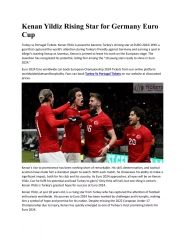
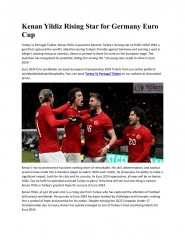
![❤Book⚡[PDF]✔ Star Maps: History, Artistry, and Cartography (Springer Praxis Book](/thumb/21625/book-pdf-star-maps-history-artistry-and-cartography-springer-praxis-book.jpg)
